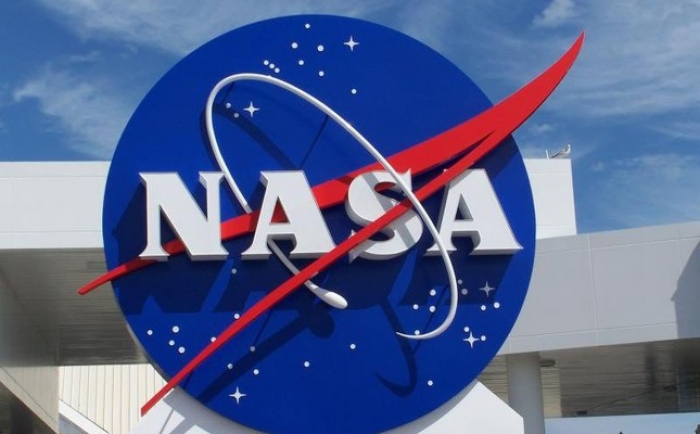To date, 3,779 planets have been confirmed from a variety of observatories, with thousands more candidates, most from the last 10 years. And with that catalogue comes a renewed fervour for answering the question: has some other planet out there in the Universe managed to give rise to life?
With a new generation of instruments poised for a new discovery boom - including NASA's TESS and James Webb Space Telescope, and the European Space Agency's CHEOPS and PLATO - the search is heating up; not just for life, but for intelligent life that may have entered the stage of an advanced civilisation.
This is going to be the focus of new NASA efforts.
In particular, they're going to be looking for something called 'technosignatures' - signals that could be inferred as evidence of an advanced civilisation.
Earth is blasting out technosignatures all the time, most obviously in the form of radio waves.
Technosignatures can also consist of laser emissions, artificial light and heat from an exoplanet, or chemicals in the atmosphere that could be pollutants - these are all examples of signatures that could indicate an advanced civilisation.
"In April 2018, new interest arose in Congress for NASA to begin supporting the scientific search for technosignatures as part of the agency's search for life," NASA explained in a statement.
"As part of that effort, the agency is hosting the NASA Technosignatures Workshop in Houston on 26 - 28 September 2018, with the purpose of assessing the current state of the field, the most promising avenues of research in technosignatures and where investments could be made to advance the science."
There are organisations out there searching for alien intelligence, including the SETI (Search for Extraterrestrial Intelligence) Institute, founded by astronomers Carl Sagan and Jill Tarter, and the Breakthrough Initiatives, founded by physicist Yuri Milner with the support of Stephen Hawking.
Historically, though, NASA's involvement in these searches has been minor. It ran a SETI program for just one year in the early 1990s before being shut down due to political pressure.
But now the search is more promising than ever before, and recent observations and discoveries have only added fuel to the curiosity fire.
"Kepler's discovery in 2015 of irregular fluctuations in brightness in what came to be known as Tabby's Star led to speculation of an alien megastructure, though scientists have since concluded that a dust cloud is the likely cause," NASA wrote.
"However, Tabby's Star has demonstrated the potential usefulness of looking for anomalies in data collected from space, as signs of technologically-advanced life may appear as aberrations from the norm."
We don't know if there's other life out there. All we know for sure is that there's a non-zero chance of it occurring.
Finding it is a bit like looking for a very small needle in a very large haystack; only as technology evolves and advances, our tools are looking a lot more like magnets.
More about: #NASA
















































